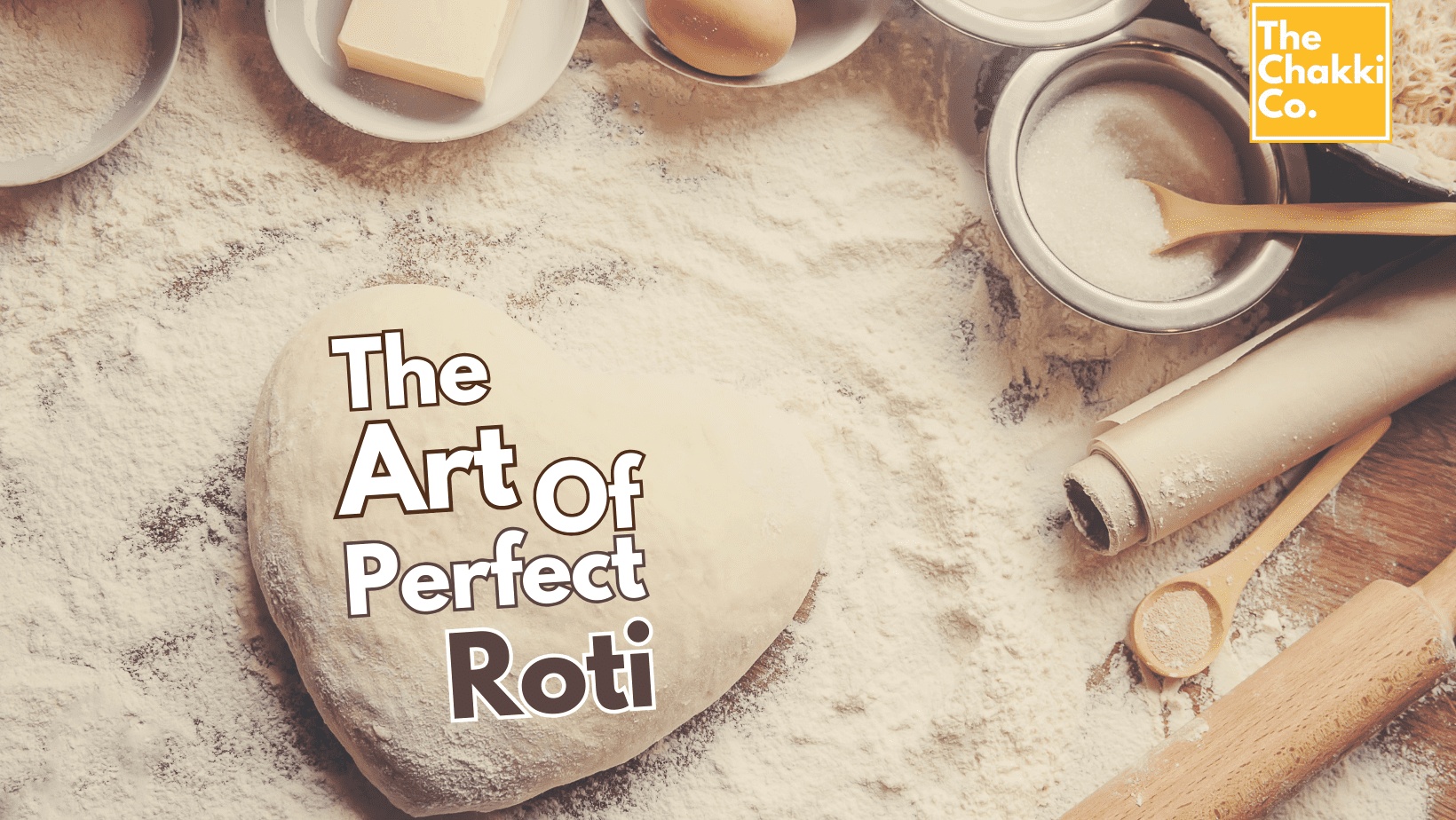
The Art of Perfect Roti: How to Knead Atta Perfectly for Soft Roti
Roti, the heart of Indian cuisine, is more than just bread; it's a symbol of comfort and tradition. A perfectly soft and fluffy roti can elevate any meal. But, the secret lies not just in the cooking but in the kneading of the dough. In this guide, we will explore how to knead atta (flour) perfectly to create the softest rotis every time.
Choosing the Right Flour: Begin with high-quality flour. The Chakki Co offers a range of Chakki Atta/ flours, each with its unique taste and nutritional benefits. Experiment with different varieties to find your favorite.
Measure Accurately: Consistency is key. To make the perfect roti, you need the right ratio of flour to water. As a rule of thumb, for every two cups of flour, use one cup of water. However, this can vary depending on the type of flour, so adjust as needed.
The Kneading Process:
- Start by adding a pinch of salt to your flour. This enhances the flavor.
- Slowly incorporate water into the flour while kneading. Use your fingers to mix them gradually.
- Knead the dough with gentle but firm pressure. Fold, press, and turn. Continue for about 10-15 minutes or until the dough is smooth, elastic, and no longer sticky.
The Resting Period: Allow the dough to rest for at least 15-20 minutes. This relaxation period is essential as it allows the gluten to develop, making the dough easier to work with.
Portioning the Dough: Divide the dough into equal-sized portions. This ensures uniform cooking and a consistent roti size.
Rolling Technique: Roll each dough ball gently using a rolling pin. Avoid pressing too hard, as this can make the roti tough. Aim for an even thickness throughout.
- Use a light dusting of flour on your rolling surface to prevent sticking.
Cooking to Perfection:
- Preheat your pan or tava over medium-high heat. Too hot, and the roti may burn; too low, and it won't puff up.
- Place the roti on the hot surface. When it begins to bubble and puff up, flip it.
- Gently press the edges with a cloth or spatula, encouraging it to puff evenly.
Keep Them Warm: As you cook each roti, keep them warm in a clean kitchen towel or an airtight container. This prevents them from drying out.
Practice and Patience:
Like any art, perfecting the roti making technique takes practice. Don't be discouraged by initial imperfections. With each attempt, you'll refine your skills and create rotis that are a testament to your dedication.
The art of kneading atta for soft roti is a skill worth mastering. It's a journey of love, tradition, and culinary excellence. At The Chakki Co, we provide you with the finest flours to support your culinary adventure. Happy kneading and enjoy your perfectly soft rotis!
